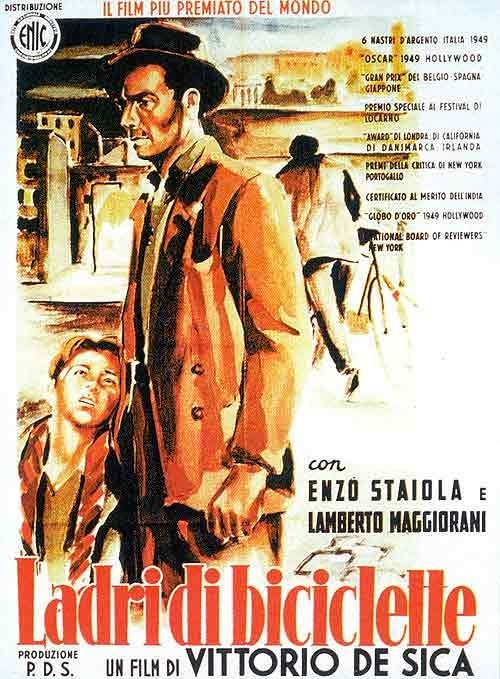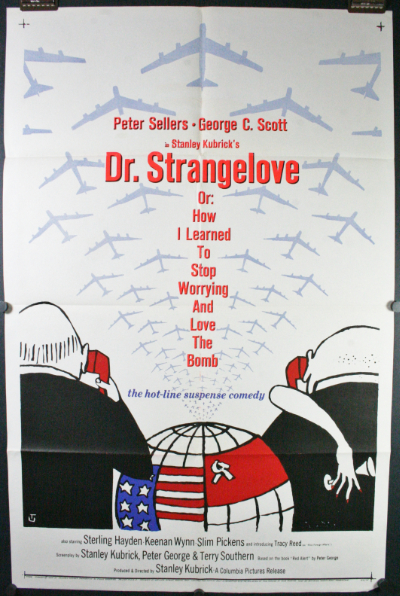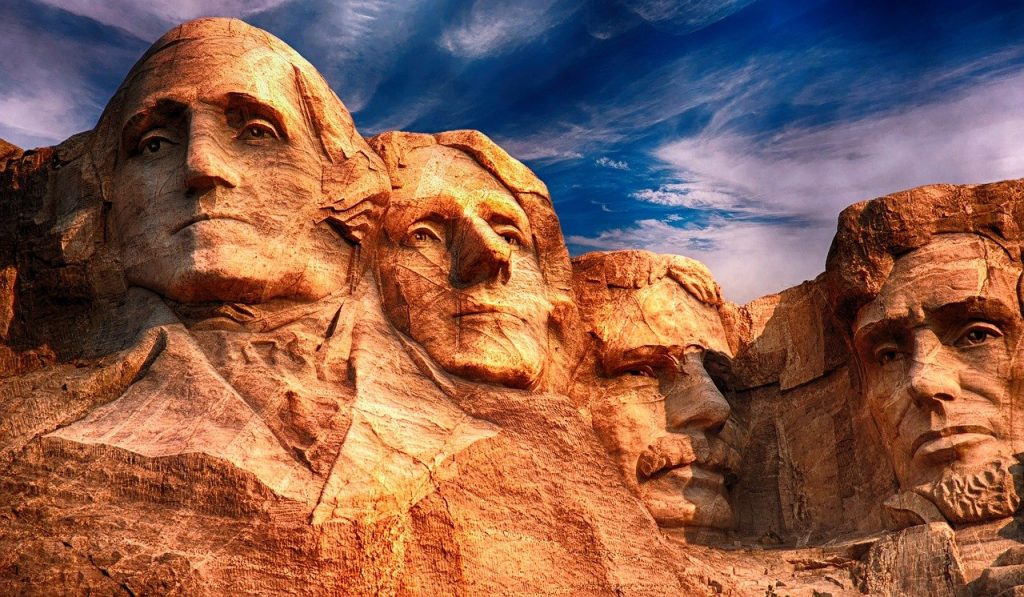Influencer marketing for cinema
This article is also available in:
![]() Italiano (Italian)
Italiano (Italian)
21st Century. Earth. The world of influencers. If we had said 50 years ago, that in a few decades there would be more talkers than auditors, someone would have smiled at us.
Indice
How marketing was born
The progressive decrease of media censorship in the Western world, which began in 1766 in Sweden and has spread to the present day (at least, until a few years ago…) has favored the birth of a large number of publishers. The number of publications increased considerably, newspapers were increasingly present and communication became a real branch of the economy.

Until the 90s, the situation was still manageable and predictable by a marketing employee. There were some local and some national publications. First on paper, then on radio and finally on TV. With a brief exploit of newsreels, when the radio frequency image was still a future dream. The medium changed, but the language remained similar all in all.
Advertising agencies were born in the period of the industrial revolution, when for the first time the supply of goods exceeded the demand. It was therefore necessary to find buyers for this sea of products, to convince them that a product was better than its competitors. Initially, in the 19th century, it was still quite simple, even though there wasn’t a past to draw on. It was then tried with some paragraphs on printed paper, some posters in the corners of the cities and the product was brought to the knowledge of most.

The first advertiser in history, founder of the French weekly La Gazette in 1631, was Théophraste Renaudot. A visionary close to the poor, who in addition to having founded what we can consider the first modern magazine in history, also created a sort of temporary agency to reduce the poverty of the most needy.
Finally, returning to advertising, the higher the budget, the more local newspapers where one could advertise. Up to being able to afford nationals, or even better to expand to other nations. Basic.
But what about cinema? How were films advertised in the last century?
Marketing for cinema in the twentieth century
Film advertisers of the early years (first from French, then New York and finally Hollywood), began by copying theatrical advertising, only to understand that they had to conform to traditional industry communication.
In fact, initially the idea was to sell “an experience”, not a product. The cinema was sold more as one would sponsor a nice trip, rather than as a nice car.
Not least, early film production was not very regular, with no precise predictions as to whether, and when, the film would be distributed. Without having big ideas about the future proceeds and the best duration of the projections to maximize profit.
Today it may seem absurd, but we must consider that at the time there were not many data to draw on. It was a new world, made of experimentation.
Cinema from product to lifestyle

Having to sell a product by definition unnecessary discouraged even the best advertisers. No one had the physiological need to see this or that film in particular, nor a film in general. After numerous experiments, and gradually, it was realized that an experience had to be sold; a community had to be created. This need to see the movie, had to be somehow linked to the primary needs of man.
It was necessary to create in the public urgency, FOMO, to buy a product that could only be appreciated later.
And to do this, it was important to leave a strong and proper message to society.
Changing the lifestyle, creating movements, ideologies. Having a very strong impact on the society of debt and consumerism, deliberately wanted by the United States government after the Second World War to revive the fortunes of a severely tested economy.
That consumerism that managed to improve the lifestyle of Americans first, and then of Europeans, until about the 80s of the last century when the “American dream” ended. Cinema supported this dream, and the cinema communications workers wanted to break into the hearts of the population.
Collectibles and community marketing maturity

So not just living rooms, not just TV rights, not just VHS and DVD. The culture of “gadgets” developed, collecting, image rights on any object with the shape or name of your film or of your protagonist.
After these first tortuous decades, cinema marketing finally achieved the desired results. Cinema created fashions, and then followed them. Starting in the 1950s, there was a great crisis: the birth of TV caused a strong loss of turnover for cinemas. But Studios were getting closer to their audience, starting to design films that followed the current trends. Motions of rebellion, fun, fashion, rock ‘n roll… All to be able to conquer the public, if not in the hall, at least on home TV.
TV itself then went from being a disadvantage to a great advantage. In fact, the use of advertising in motion and trailers turned out to be ideal for cinema; who then, is none other than the precursor of that same daughter and traitor television.
Cinema Marketing – Recommended Reading
Books in English
For more informations, there are various studies about marketing in cinema. Some more focused on the practical part, a kind of how-to, like Movie Marketing: Opening the picture and giving it legs by Tiiu Lukk (Los Angeles: Silman-James Press, 1997), Open Wide: How Hollywood Box Office Became A National Obsession: Inside the Blockbuster Movie Factory by Dade Hayes and Jonathan Bing (New York: Miramax books/Hyperion, 2004) or Marketing to Moviegoers: A Handbook of Strategies Used by Major Studios and Independents di Robert Marich (Boston: Focal Press, 2005).
Other works are more theoretical, ideological. Like Global Hollywood 2, by Toby Miller (London: British Film Institute, 2019), which studies the influence of cinema, especially American, on global society.
Studies available for free in PDF
An important 2013 study by Sheldon Hall, freely downloadable from this link (Sheffield Hallam University Research Archive website), entitled “Jerry Pickman: The Picture Worked. Reminiscences of a Hollywood publicist”, cites classics such as The Greatest Show on Earth (Cecil B. DeMille, 1952), Shane (George Stevens, 1953) or Psycho (Alfred Hitchcock, 1960) and famous people like Adolph Zukor or Alfred Hitchcock, while highlighting the human aspect of marketing.

It reminds us that film advertising has its uncertainties, but it is also a human endeavor involving individuals such as Jerry Pickman, the great advertiser who died in 2010 and has dedicated over 50 years to marketing in film. Whose dedication can turn even an ordinary film into an extraordinary success. Last but not least, this seemingly unique vision of the film business shows us how film marketing developed on an industrial scale in the early 1980s, when the concept appeared that “now you sell movies like you sell hot dogs, as everyone does”.
A final reading tip comes from Stanley Kubrick. It is interesting to see marketing through the eyes of a director, to understand how art and business can be reconciled. “Stanley Kubrick and the Marketing of Dr. Strangelove” (1964, PDF downloadable here). Sometimes these interests converge, often not. In this text Peter Kramer, drawing on the archives of the London University of the Arts, describes how Kubrick was directly involved in the American marketing of Doctor Strangelove, from the earliest stages. To the point of committing to neutralize any competitors.
During the production and the first promotional campaign of the film, the famous director was very skilled in self-promotion; although the marketing materials used for the marketing campaign following the release of the film had focused on common topics such as celebrities, comedy and sex.
The beginnings of Social Media Marketing for cinema
In 2013, the Toronto Silent Film Festival was among the first to use Instagram to promote itself. The method was studied by the Canadian marketing agency Cossette, and it was very different from the usual ones: they uploaded frames of silent films on the American social network, which by scrolling the page went to compose the film in the eyes of the user. Original method, although it did not acquire a large following due to the premature state of the social network at the time.
Out of curiosity, here are the accounts: tsff_1, tsff_2 and tsff_3.
Also in those early years of social media, people were looking for ways to bring traditional promotion to them. Think of trailers, which however sometimes had to be drastically reduced given the duration limits of the videos. With today’s eyes, once again ineffective systems even if used. As if to say, “at least I’m on social media”.
The film becomes functional to marketing
Similarly, more functional campaigns began to be designed. Staying on the subject of Instagram, the film about Steve Jobs of 2013 saw his official account, with pieces of the movie, frames, short videos and photos with meaningful phrases. In the same years, new aspect ratios for films began to be experimented, at least indie ones, without renouncing much-felt criticism from cinemascope purists.
All to get closer to the public, who changed habits: from TVs and PCs, the most used screens became those of smartphones. An attempt was made to use the square format, as did Xavier Dolan in the movie Mommy. To then quickly switch to the portrait format, able to fill small portable screens in the best possible way and reduce the distractions of the spectators.
In recent years there has also been a shift to real blockbusters in vertical format. Long-lasting vertical videos, however, can be less usable, or cause loss of concentration, given the lack of filling of our peripheral vision. Equally, the Russian director Timur Bekmambetov in 2021 realized his V2. Escape from Hell with scenes in portrait format, using the screenlife technique (show images as if they were taken from a smartphone, even in selfie mode) [UPDATE: this is a typo, it was just an idea later abandoned to make the film vertically], and following the series distributed in 2019 exclusively on Snapchat Dead of Night.
Already an exclusive Snapchat film distribution, it shows the many attempts that directors, producers and companies were, and still are, making to approach the modern world.
The importance of human sociality
The era of influencers
What was missing in the early years of social media was, paradoxically, the social side. People want to know other people, not see advertisements. They want to communicate, feel empathy for someone, feel less alone. This led to the natural evolution of social media marketing: the beginning of the era of influencers, and of influencer marketing for cinema.

Today is the era of influencers. Which, among other things, are also becoming increasingly important in the world of culture. It is no longer a film critic, a trade magazine or an important media who sanction the success of a production; also due to the increasingly marked lack of that ancient journalist / reader trust, lost after decades of partiality (for almost always economic interests) of the publishing world. And that continues to destroy itself even today, as evidenced by the attitude of many users on issues such as the Covid-19 pandemic and the war in Ukraine.

Instead, it is people on social networks who are listened to with confidence; first and foremost the influencers, but also those who count less, “normofollowed” users who break even more forcefully in the hearts of friends and relatives.
In short, if Gianni says I have to see this film … It means that I have to see it.
The actors / influencers
So is influencer marketing suitable for the film industry? Of course, reviews in traditional media such as print or television and radio still play an important role in gaining publicity for films and television productions.

However, we have seen that the role of traditional media in cinematic communication has waned in favor of more genuine interpersonal communication (the good old word of mouth, technologically revisited).

The best-seen “advisors” are cinema enthusiasts, independent. They usually know their audience, first of all because they are similar to them and also because of the continuous interaction through chat, comments and quotes. The confidence given by having communicated directly, privately, with one’s “myth” is unparalleled (those of you who have been to dinner with a famous person can more or less understand the effect). And they often know how to offer original perspectives that no one else can give.
Now, let’s take it one step further. Let’s imagine for a moment that the influencer we are following, with whom we are actively speaking, is an actor in the same film. Or, let’s say, even just a technician. And who, like a friend, makes us follow the various stages of production, behind the scenes, even asks us for opinions on the story and, if we were experts, on the technique for the production of the film itself. How would that end? We would certainly get a discount or some advantage, given the “friendship” between us. Were it also the t-shirt, the hat, the keychain, even the possibility of being present on the set or at the premiere, or being part of the cast perhaps with an appearence. The possibilities are endless, as will the desire to go and see “our” film. The film in which a friend participates. The film we took part in ourselves. And what do you think, wouldn’t we tell everyone? Here, this is the heart of social media marketing for cinema. The marketing of trust, the return to word of mouth and closeness between people.
The importance of engagement among influencers

There is great collaboration in the influencer community. First of all they are colleagues, and among colleagues we understand each other. Then there is a mutual convenience to get to know each other, especially to be seen together. The fans of one become fans of the other, the possibilities for earning and growth become more numerous.
So, once you are full of influencers in your production, it becomes almost automatic to involve outsiders. Other people who also need to be emotionally involved. Then, invitations to the VIP area and front rows to previews, dinners with the crew. As for the fans, but the activities must obviously be more “personalized”. The influencer is used to being considered important, and it is therefore more complex to make him feel “better” than others.

It is important to have your actors interviewed by other influencers, similar to the old press. Also target cinema-savvy bloggers, podcasters and Youtubers. They too will be happy to be able to create interesting content, and at the same time make themselves known by the fans of their little stars.
Certainly personalities connected to the film industry are important, but we absolutely must not limit ourselvesto these. There are many people, many influencers, even small ones, who adapt for various reasons to that particular product we are making. And, as a result, their audience will be targeted.
Another advantage is that all of this is cheaper than advertising in the past. It requires more effort, mental but also physical, but with the choice of the right people upstream, the results can be unimaginable.
Only one ethical doubt remains: a good actor, but not very capable of socially involving an audience, may no longer have the possibilities he had in yesterday’s world.
Does influencer marketing for cinema have a future?
This is just a final parenthesis … Because here we are planning the future, and it is right to be critical. I’m not here to sell you social media, but to think together.
By now the Elites have understood very well the importance of social media. This could perhaps be bad, because those in charge always have an ancient idea in mind: the people are idiots. For heaven’s sake, I could almost say it’s true. We let ourselves be turned around like socks every day by the various propaganda (just think of this period, I write during the invasion / special operation in Ukraine, the name changes with respect to the speaker).

What’s the problem, aka luck, in all of this? That among billions of people, every now and then someone drinks a glass too much and starts thinking. And an article comes out in some strange blog or semi-unknown social profile. What others, even just 10 people, read. And if something is patently absurd, and that article denounces it … These people share it. And then again, and again, in a logarithmic scale of shares that leads to filling the web in a few days.
I was saying, problem and luck. Luck, because there is no longer the popular myopia of the past. Eventually, many things become clear even though the politics of politically correct leads to not reacting. We stay quiet, but at least we know. Problem, because this scheme is artificially reproducible. And those involved in political propaganda know this well … We therefore arrive at the paradox that it is no longer the journalists funded by the System who tell us what the System wants us to know, but our own friends. Reporting fake news, or rejecting real news but it is not good to disclose.
Will this be a problem for social media? I’m afraid yes, in the future. It will take time, but like print and TV yesterday, friends online will lose our trust one day. Socially, it is worrying on several fronts. But from a business point of view, let’s start thinking about what comes after the era of influencers.
And we keep the quality. Which, beyond all marketing, is the key to success.


